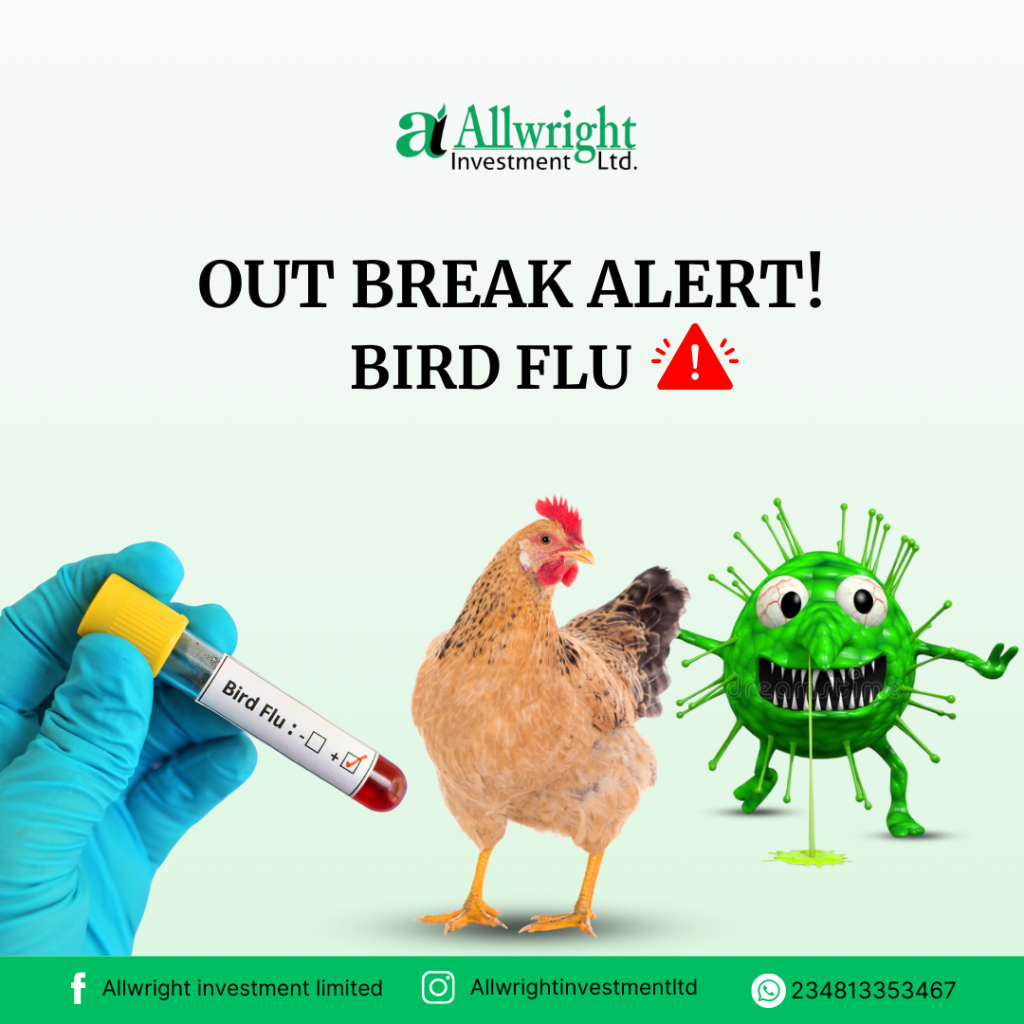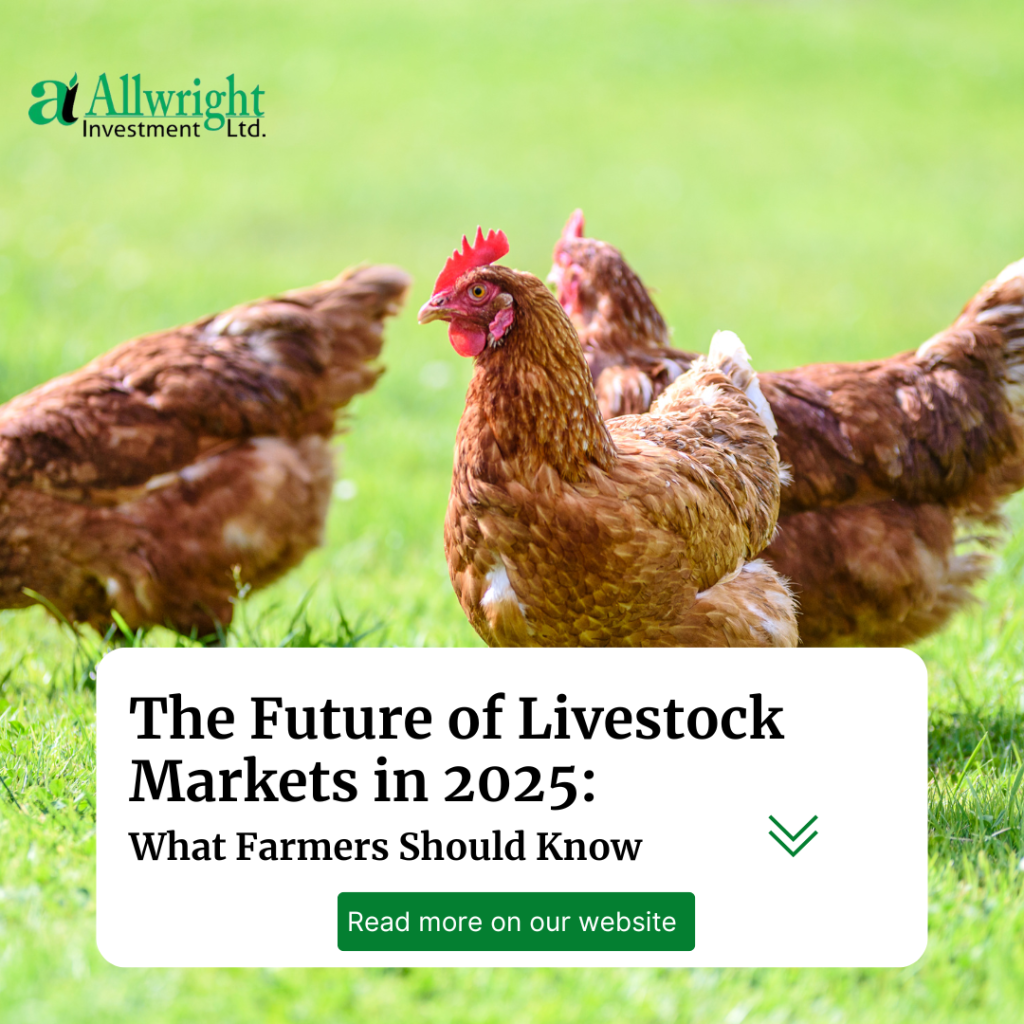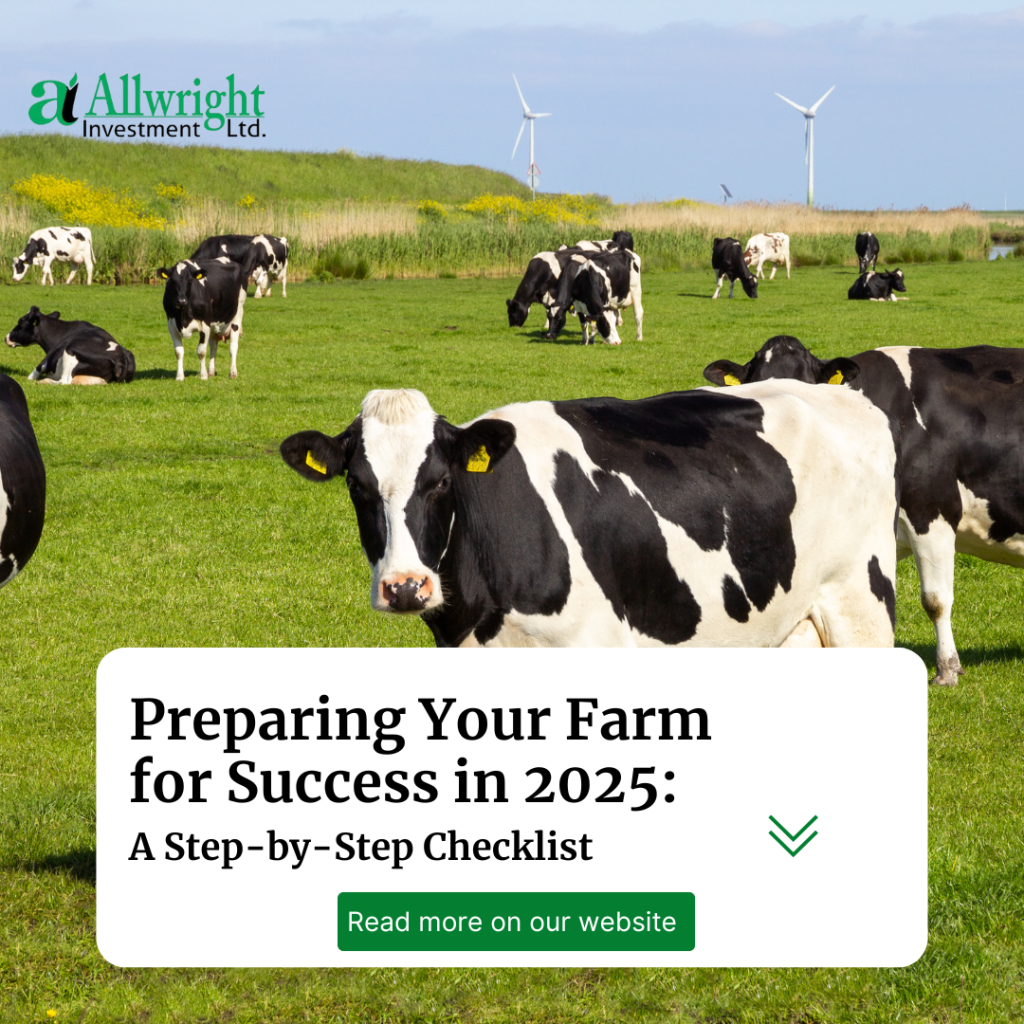The Outbreak Alert of Bird Flu: What You Need to Know

The Outbreak Alert of Bird Flu
In recent weeks, health authorities worldwide have raised alarms over the resurgence of avian influenza, commonly known as bird flu. This highly contagious viral infection, which primarily affects birds, has sparked concerns due to its potential to spread to humans and other animals. As the situation evolves, it’s crucial to stay informed about the risks, symptoms, and preventive measures. Here’s everything you need to know about the current bird flu outbreak.
What is Bird Flu?
Bird flu, or avian influenza, is caused by influenza A viruses that naturally occur in wild birds, particularly waterfowl like ducks and geese. While most strains of the virus are low-pathogenic and cause mild symptoms in birds, some strains, such as H5N1 and H7N9, are highly pathogenic and can lead to severe illness or death in poultry and, in rare cases, humans.
How Does Bird Flu Spread?
Bird flu primarily spreads through:
- Direct Contact: Handling infected birds or their droppings.
- Contaminated Surfaces: Exposure to environments where infected birds have been.
- Airborne Transmission: Inhaling droplets or dust contaminated with the virus.
While human-to-human transmission is rare, the virus can mutate, raising concerns about potential pandemics.
Symptoms of Bird Flu
In birds, symptoms include:
- Sudden death
- Lack of energy or appetite
- Swelling of the head, eyelids, or comb
- Difficulty breathing
In humans, symptoms may resemble those of seasonal flu:
- Fever, cough, and sore throat
- Muscle aches and fatigue
- Conjunctivitis (in some cases)
- Severe respiratory distress (in advanced cases)
Prevention and Safety Measures
- For Poultry Farmers and Workers:
- Wear protective gear (masks, gloves, goggles) when handling birds.
- Practice strict hygiene and disinfect equipment regularly.
- Report sick or dead birds to local authorities immediately.
- For the General Public:
- Avoid contact with wild or sick birds.
- Cook poultry and eggs thoroughly (the virus is killed at high temperatures).
- Stay informed through reliable sources like the WHO or CDC.
Why Should You Care?
While the risk to the general public remains low, the bird flu outbreak serves as a reminder of the interconnectedness of human, animal, and environmental health. By staying vigilant and adopting preventive measures, we can help mitigate the risks and protect both animal and human populations.
Final Thoughts
The bird flu outbreak is a developing situation that requires global attention and cooperation. Whether you’re a farmer, a health professional, or simply a concerned individual, staying informed and taking precautions is the best way to safeguard yourself and your community.
For the latest updates, follow trusted health organizations like the World Health Organization (WHO) and the Centers for Disease Control and Prevention (CDC).
Stay safe, stay informed, and let’s work together to combat this outbreak!



